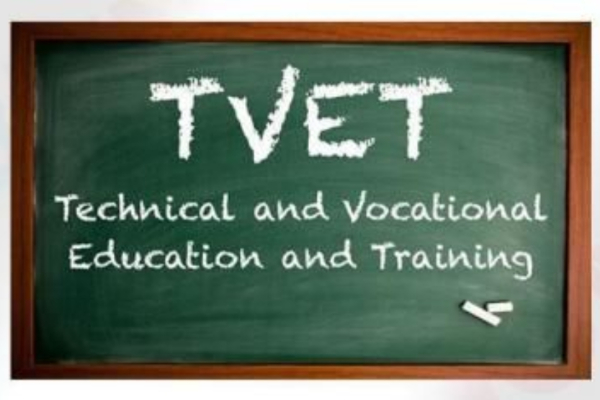TVET income-generating activity initiatives help boost rural growth

As the world seeks to end poverty, ensure zero hunger, and revitalise local climate action through initiatives such as smart villages, it is imperative to seek innovative ways of accelerating rural and national development in emerging economies. Such commitment is the force behind the push for Income Generating Activity (IGA) initiatives in TVETs in Kenya. IGAs are meant to ensure that TVETs are self-reliant and sustainable. But can these initiatives serve diverse development needs?
With the dual model of TVET training, IGAs hold potential to enhance Competency-Based Education and Training (CBET), where emphasis is on obtaining competence in specific industry skills rather than theoretical prowess. It is worth noting that having ventures within technical institutions aligned with local needs, where trainees are exposed to practical experience, will add impetus to growth of TVET sector while resolving critical developmental issues within rural areas.
In the process of writing this article, I reached out to colleague trainers from various technical institutions in the country to get an understanding of what IGA initiatives are being undertaken. The variety is impressive. From greenhouse projects for farming and learning, to sheep rearing, to aquaculture, to poultry farming. The list can be longer.
But are these initiatives important in the process of training and rural development? I think your guess is as good as mine. IGAs matter a great deal.
Remember, the current dual training model in the CBET curriculum emphasises developing mastery of skills – not theoretical understanding alone. With mandatory requirement for trainees to gain practical field experience, IGAs, especially in remote areas will not only act as learning workshops but also as service providers to the community.
How can collaboration and partnership between TVETs and other actors and sectors, especially through IGAs, play a role in accelerating rural development process?
Here is an example of a pathway: What if initiatives such as the Green Climate Fund’s climate-resilient, low-carbon sustainable agricultural value chain project – implemented by FAO in partnership with the Lake Region Economic Bloc in Kenya – collaborated with TVETs for implementation? What if farmers’ training and farmer field schools were to be implemented in TVETs? Would this not help in advancing the TVET movement for sustainable development?
Currently, the greening TVETs policy, coupled with IGAs within TVETs, offers a critical platform and best practices within rural areas that trainees and community members can learn from. In addition, with a high level of concentration of trainers, trainees, and knowledge within TVET institutions, the success of such globally funded programme elements – like farmers’ training – becomes feasible in rural areas.
With the proximity of TVET institutions to communities and their unique mandate of developing technical skills, working together will be important. The partnership will give rise to synergy that will help enhance rural and national sustainable development.
But for this to happen, there is a need for a concerted effort to demystify interconnection between learning and doing. This is the objective of this column – to highlight various pathways through which TVETs can contribute to achieving Sustainable Development Goals.
— The writer is a UN global food systems Youth Leader, Vocational and Technical Trainer, and Communication Consultant














